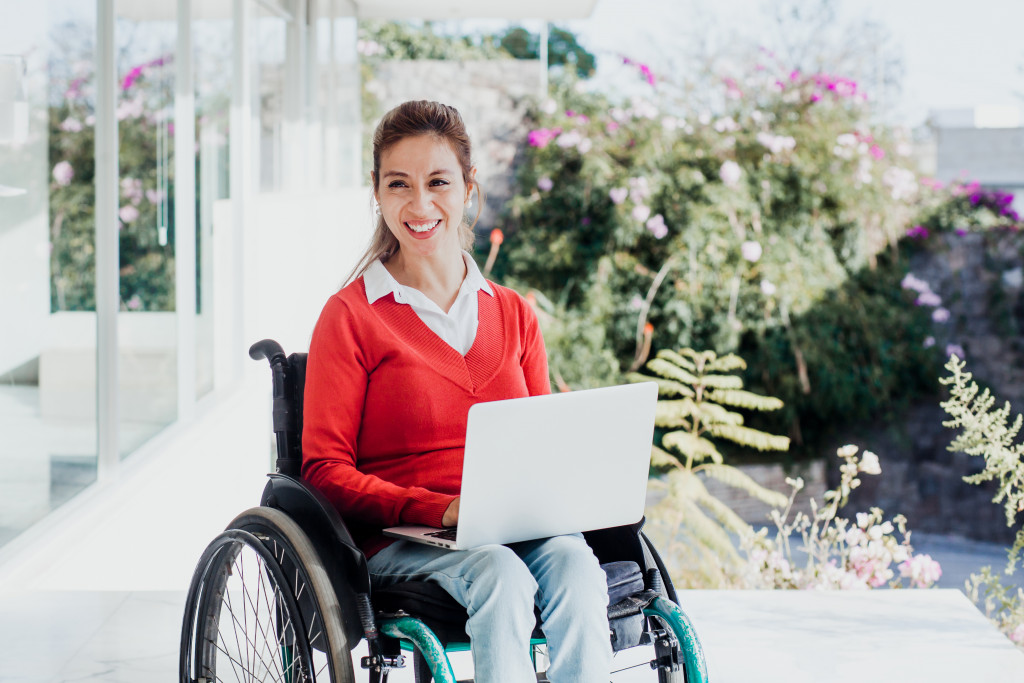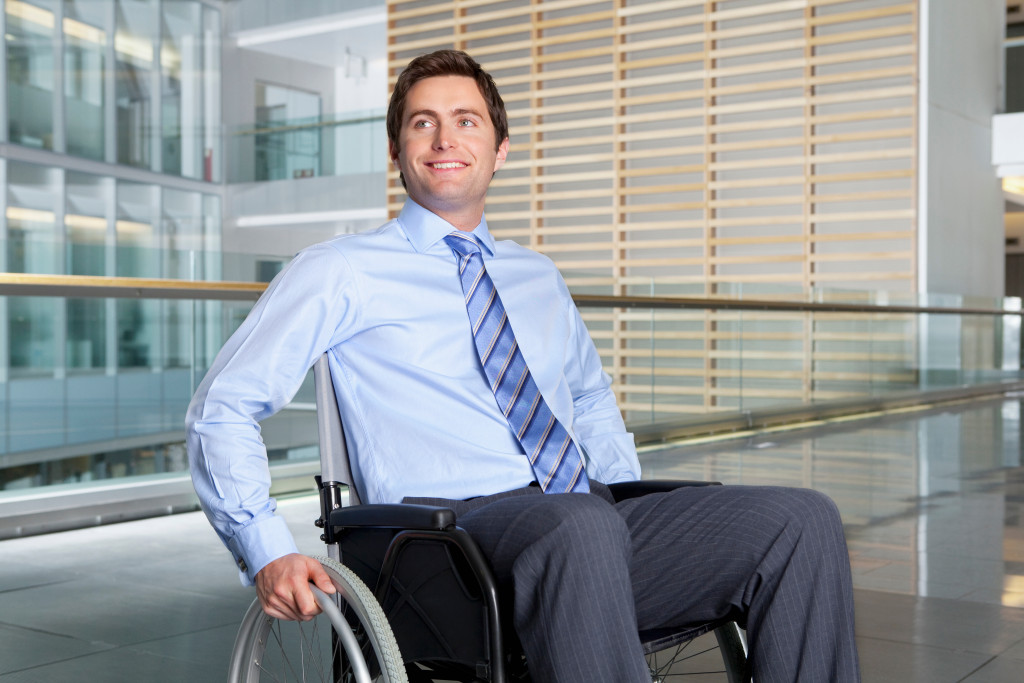Community facilities exist to serve the public. They are places where people can come together to learn, play, and interact. Unfortunately, not all community facilities are accessible to everyone. People with limited mobility often find it difficult to access community facilities due to a lack of ramps, wide doorways, or other accommodations.
Making community facilities accessible to mobility-challenged individuals doesn’t have to be expensive or complicated. There are many small changes that can increase accessibility and make everyone feel welcome, and some of these are as follows:
Improve Doorways
Too narrow doors can make it difficult for people in wheelchairs or walkers to get through. Community facilities should have at least 32 inches wide doorways to accommodate people with limited mobility. If the existing doorways are not wide enough, you can start widening them while maintaining the door’s integrity.
You can also install automatic doors to make it easier for people to move in and out of the facility. This is especially helpful for those with difficulty using their hands or reaching for handles. There are different types of automatic doors, so make sure to choose the one that’s most suitable for your needs.
When it comes to door operators, Norton Door Controls is a trusted name. The company has been in business for over 50 years and offers a wide range of door operators, from automatic swing doors to heavy-duty industrial doors. One of your best choices for community facilities would be low energy power door operator.
A Norton Low Energy Power Door Operator can open doors automatically and is also ADA-compliant. Such door operator makes use of low-voltage electricity, which is more energy-efficient. It’s also a safe option as it doesn’t pose the risk of electrical shock. You can use this in restrooms, main entrances, and exits and ensure that mobility-challenged community members get in and out of the facility without any trouble. Make sure you buy such technology from licensed and reputable suppliers with excellent reviews to get the most out of your investment.
Provide Adequate Lighting
Poor lighting can make it difficult for people with limited vision to see where they’re going. When members fail to see where they are going or are having a hard time navigating community facilities, this can put them at a greater risk for accidents and injuries.
Provide adequate lighting in all areas to make your community facility more accessible to people with vision impairments. There should be a light source every 50 feet or so. The light should be bright enough to illuminate the area without causing glare. You can also use reflective materials to help increase visibility.
Invest in energy-efficient lighting solutions to help reduce your community’s carbon footprint. One option is to use LED lights. These are not only more energy-efficient but also last longer than traditional light bulbs. You can also opt for solar-powered lights to eliminate your facility’s dependence on the grid.
Install Ramps

Some individuals use wheelchairs to get around, while others may have difficulty walking up stairs. While these individuals may be able to use an elevator, it may not always be available or working. Not all facilities also have elevators that allow mobility-challenged community members to reach the other floors where they need to be.
Installing ramps at the entrance of community facilities is an easy way to make them more accessible. You can install wooden, metal, or concrete ramps depending on the needs of the individuals using them. But for best results, allow the professionals to do the ramp installation. They can ensure that the ramps are safe and up to the code.
Ensure the ramp is wide enough for wheelchairs and has a non-slip surface. The slope of the ramp should also be gradual enough so that people can comfortably use it.
Add Grab Bars
Grab bars provide support for people who have difficulty standing or walking. These are ideal for locations with lots of traffic. You can install these in hallways, the stairs, near toilets, showers, and tubs.
There are different types of grab bars available. These include straight bars, offset bars, and drop-down or folding bars. The type of grab bar you’ll need will depend on where you install it. For instance, drop-down or folding bars are more suitable for showers since you can quickly lower these when not in use.
Be sure to install the grab bars properly to avoid accidents. Securely fasten grab bars to the wall and position them at a height that’s comfortable for most people to reach. The bar should also be able to support 250 pounds or more.
Use Non-Slip Flooring
Floors in facilities should be free of tripping hazards. It also needs to be dry at all times to ensure safety. To achieve this, you can use non-slip flooring. This type of flooring can provide traction, even when wet. These are perfect for areas prone to moisture, such as bathrooms and kitchens.
Different types of non-slip flooring are available, like vinyl, rubber, or carpet tiles. Each type has its advantages and disadvantages. Review the pros and cons of each one to help you decide which material is best for your facility.
For instance, vinyl flooring is waterproof and easy to clean. However, it doesn’t provide as much cushioning as rubber flooring. On the other hand, rubber flooring is slip-resistant and can provide cushioned support. However, it’s not as durable as vinyl.
Carpet tiles are another option to consider. These are softer and more comfortable than other types of flooring. They’re also slip-resistant, making them ideal for areas where people are more likely to fall. However, they can be tricky to clean and maintain.
Consider the needs of your members and the traffic in each area when choosing the right type of flooring. Use a combination of different materials in areas with high traffic and areas more prone to accidents.
These are just a few ideas on how to make your community facilities more accessible for community members that are mobility-challenged. By making some simple changes, you can create an inclusive environment that everyone can enjoy.




